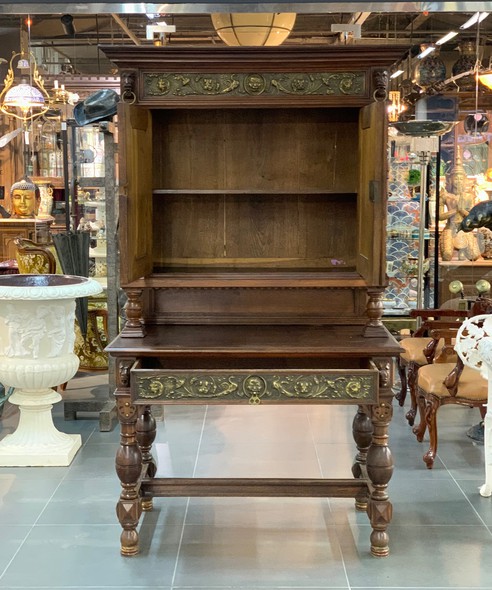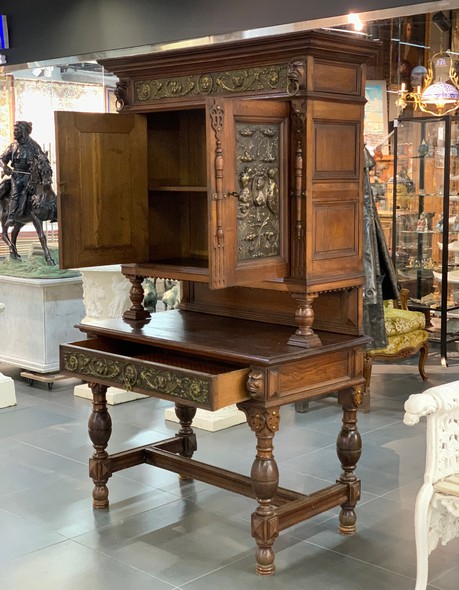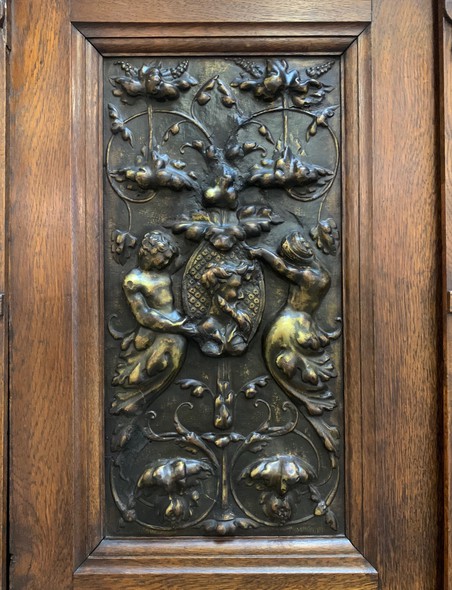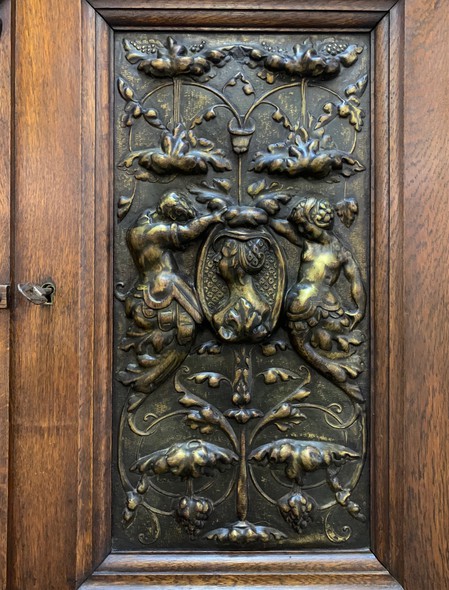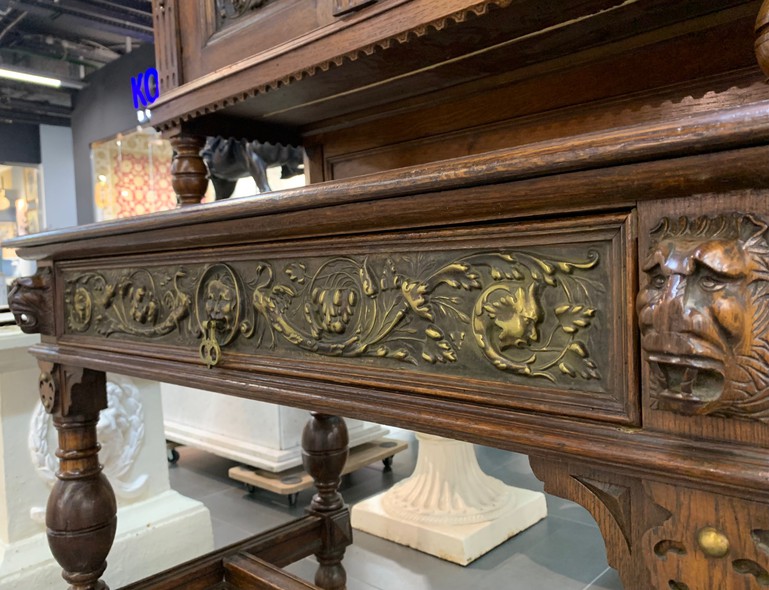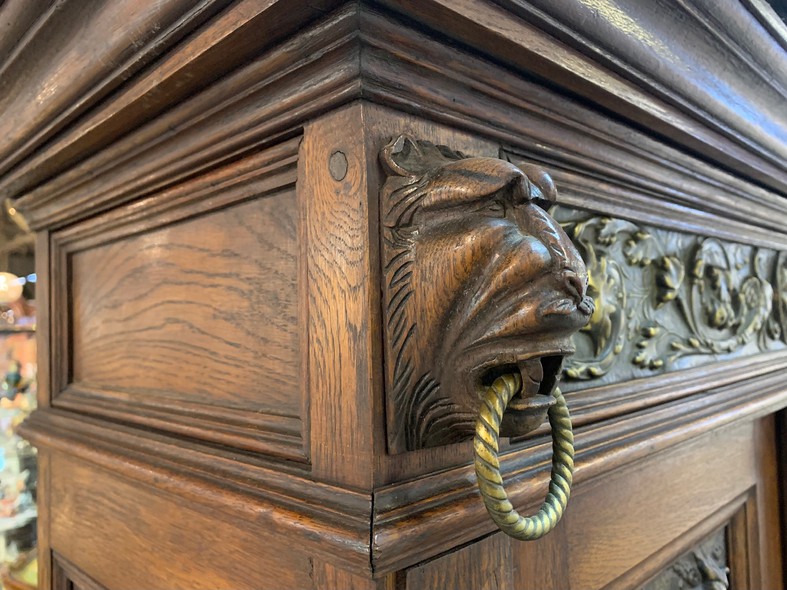Renaissance antique cabinet
Antique cabinet in the Renaissance style. Oak, carving. Europe, 19th centuryThe cabinet is decorated with a brass Renaissance grotesque image in the upper and lower parts. A characteristic feature is the lion heads on the sides with metal rings clamped in their mouths and those that adorn the sides of the base. Common features of the decor are lion heads, grotesque, stucco, pilasters, capitals, rustication, mascarons, and many other elements of the classical tradition.The cabinet is made in accordance with the architecture of the Renaissance style, it clearly traces the features of Roman and Greek art, the development of furniture art was promoted by interest in ancient cultures. The Renaissance is inspired by Greek and Roman ideals, and family crests became popular during the Renaissance.The main characteristic of Renaissance furniture is the transition from the influence of Gothic "design" on geometry and leafy ornament to images taken from the Bible, mythology and history. Renaissance furniture reflected a renewed interest in art on the part of the wealthy, with rich carvings on chairs and furniture legs. Historically, the Renaissance dates from the 14th to the 17th century. This era was accompanied by sweeping changes in education and culture, inspired by art, literature, and religion. The Renaissance was the bridge between the Middle Ages and the present. One of the most famous creators of that time is Leonardo da Vinci, known as a man of the Renaissance.Grotesque architecture first appeared in ancient Rome as a set of decorative details in the interiors of houses. The grotesque style is characterized by the complexity of the pattern, using bizarre animal shapes and natural elements that merge into fantastic and bizarre creatures that excite the imagination, the grotesque greatly influenced the artistic development of the Renaissance.The grotesque can be recognized by its two main characteristics. It contains a certain degree of optical illusion and includes natural elements such as plants and animals. Since their first use in Rome, natural elements called arabesques have often been used in ways that promote the illusion. This was done in the sense that, from a distance, natural elements were combined in such a way that they imitated the form of an architectural element and revealed their true nature only when the viewer approached them.The first form of the word "grotesque" comes from the word grotthesche, which was used in a contract for Piccolomini's library in 1502. This word defined the decorative system that Rafael Sanzio and his team developed to decorate loggias. A specific characteristic of the Renaissance grotesque is the use of frames to isolate and focus the viewer's attention. This can be seen in the Piccolomini Library, where the ceiling panels and stripes used to decorate the walls use frames with many natural elements that can be classified as grotesque.Grotesque architecture flourished as a style during the Mannerist period as well. Beyond that fantastical and intriguing character that the grotesque style already had, Mannerism adds iconographic and symbolic meanings that can only be deciphered by those familiar with such a language. One of the most influential artists who developed what we might call grotesque architecture was Giovanni da Udine. Through his work in Rome, he offered the rest of Europe a large set of symbols and embellishments, an effective artistic language for this nascent style.
Renaissance antique cabinet
- Артикул
- 88_2310
- Available:
- In Stock
Shop at Novaya Riga (Unimoll)
- In section:
- antique furniture, buffets, cabinets
Обозначение размеров:
- H – высота,
- W – ширина,
- D – глубина,
- d – диаметр
- Style:
- renaissance
- Period:
- XIXth century
Ещё в разделе «Antique Furniture»
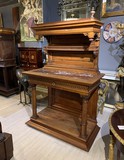 Antique supplier
Antique supplierRef nr. 88_5346
 Antique floor lamp, Renaissance
Antique floor lamp, RenaissanceRef nr. 02_2527
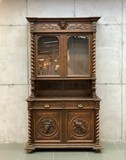 Antique renaissance sideboard
Antique renaissance sideboardRef nr. 88_2317
 Antique screen
Antique screenRef nr. 02_0681
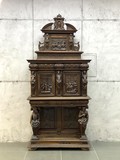 Renaissance antique cabinet
Renaissance antique cabinetRef nr. 88_4569
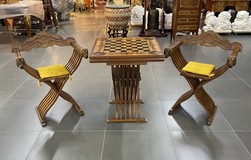 Antique chess set
Antique chess setRef nr. 02_2416
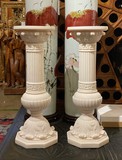 Vintage paired pedestal columns
Vintage paired pedestal columnsRef nr. 88_3462
 Antique wall bookcase
Antique wall bookcaseRef nr. 03_0017



